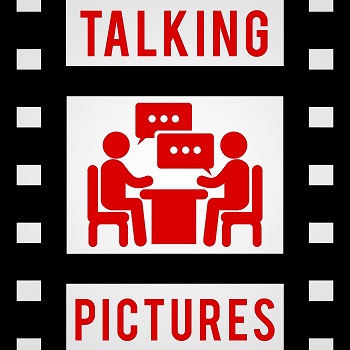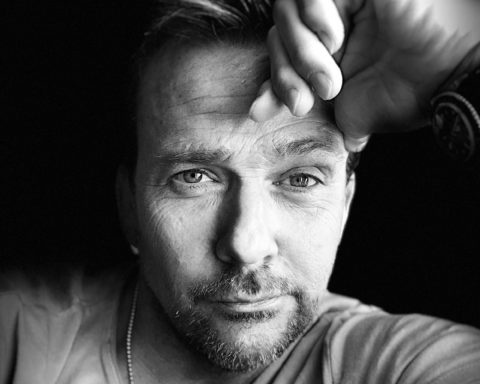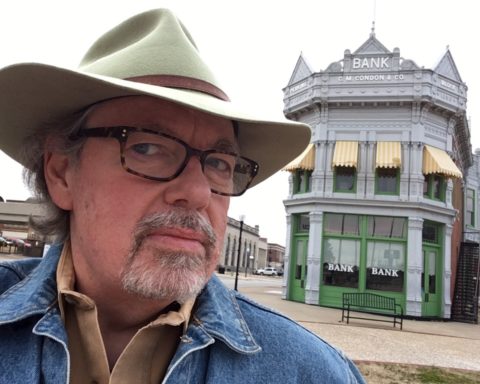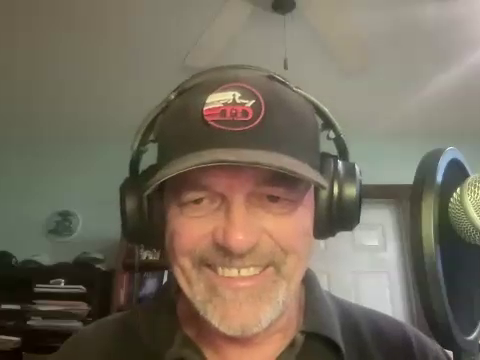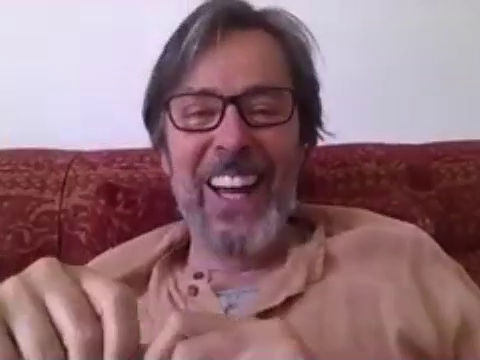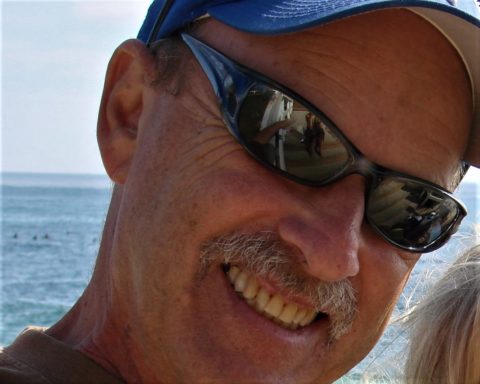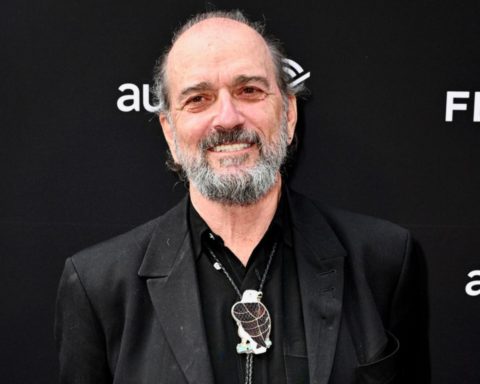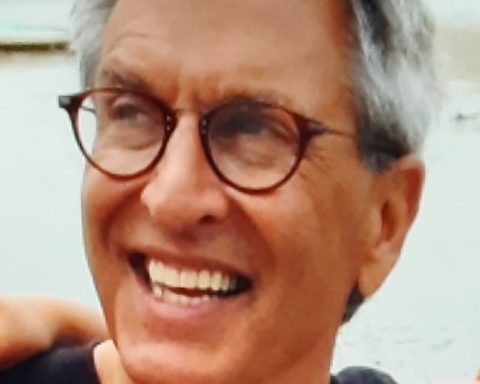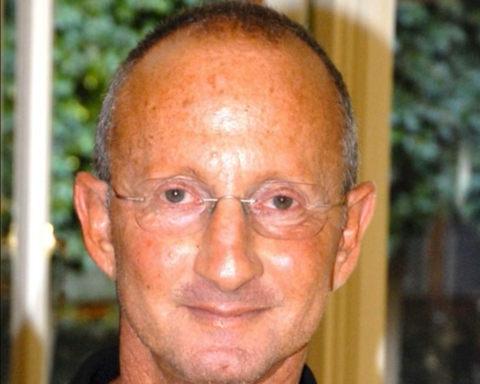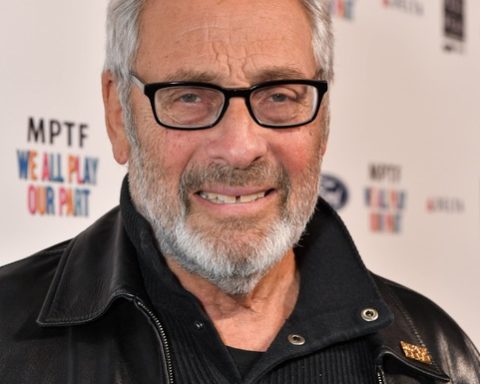Today’s guest is director Carl Schultz, and our conversation revolves around his work on the TV series THE YOUNG INDIANA JONES CHRONICLES, or THE ADVENTURES OF YOUNG INDIANA JONES, as it’s later been retitled. This lavishly produced early 90’s show, a spin-off of the popular Indiana Jones movies, follows the adventures of Indy as a boy, played by Corey Carrier, and as a young man, played by Sean Patrick Flanery, encountering numerous famous historical figures and events. Carl directed several episodes of the show, including the first few episodes which has the protagonist meeting contemporaries like Pancho Villa, Winston Churchill,
MoreToday’s guest is actor Sean Patrick Flanery, and our conversation revolves around his work on the TV series THE YOUNG INDIANA JONES CHRONICLES, later re-titled as THE ADVENTURES OF YOUNG INDIANA JONES– a lavishly produced spin-off of the popular Indiana Jones movies which ran from 1992 to 1996, following the adventures of Indy as a boy, played by Corey Carrier, and as a young man, played by Sean Patrick Flanery, encountering numerous famous historical figures and events. Sean appeared in the lion’s share of the episodes, with Indy fighting numerous battles in World War I, joining Sidney Bechet’s jazz band
MoreJust like in our last episode, today’s guest is not a filmmaker but a novelist. In our last episode, I spoke to Rob MacGregor who wrote several Indiana Jones novels at the beginning of the Nineties – this time, I’m talking to writer Max McCoy who continued the series from 1995 to 1999 with four original Indiana Jones stories, starting with INDIANA JONES AND THE PHILOSOPHER’S STONE and continuing with INDIANA JONES AND THE DINOSAUR EGGS, THE HOLLOW EARTH and THE SECRET OF THE SPHINX. Before his Indy series, Max had already written several novels in the Western genre, including
MoreToday’s guest is not a filmmaker – but his best-known work is closely connected to one of the most popular movie series of all time. It is novelist Rob MacGregor, who wrote the novelization of Steven Spielberg’s third Indiana Jones movie, INDIANA JONES AND THE LAST CRUSADE – and then went on to write six more original Indy adventures shortly afterwards, starting with INDIANA JONES AND THE PERIL AT DELPHI in 1991 and then continuing with DANCE OF THE GIANTS, THE SEVEN VEILS, THE GENESIS DELUGE, THE UNICORN’S LEGACY and INDIANA JONES AND THE INTERIOR WORLD throughout 1991 and 1992.
MoreToday’s guest is screenwriter and director Menno Meyjes, best known for his collaboration with Steven Spielberg in the 80’s. Menno was born in the Netherlands but moved to the United States in 1972 to study at the San Francisco Art Institute. After writing a script for one of the best-known episodes of Spielberg’s AMAZING STORIES TV series – “The Mission”, starring a young Kevin Costner and directed by Spielberg himself – Menno received an Academy Award nomination for his adaptation of Alice Walker’s Pulitzer Prize-winning novel THE COLOR PURPLE, as directed by Spielberg. As a screenwriter, he also worked on
MoreToday’s guest is Barry Opper, best known as the producer of the CRITTERS series, the tongue-in-cheek sci-fi horror series about furry little creatures from outer space creating havoc here on Earth. Barry started out, together with his business partner Rupert Harvey, as the producer of Aaron Lipstadt’s 1982 sci-fi cult film ANDROID, which was made in collaboration with Roger Corman and starred Klaus Kinski and Barry’s brother Don, who also wrote the screenplay. Barry and Rupert went on to produce the CRITTERS series, which also starred Don as Critter hunter Charlie, and they also made Aaron Lipstadt’s post-apocalyptic film CITY
MoreToday’s guest is Aaron Lipstadt, best known from the mid-80’s onwards as a director on popular TV shows like MIAMI VICE, QUANTUM LEAP, LAW & ORDER, CROSSING JORDAN, THE 4400, BOSCH or ELEMENTARY. As a producer/director, he also worked on shows like THE MARSHAL, THE DIVISION, MEDIUM and GRIMM. In our interview, however, we go back to the beginning of Aaron’s career – to an independent little science-fiction gem called ANDROID, which came out in 1982 and was compared by film critic Roger Ebert to cult debut films like George Lucas’ THX 1138 and John Carpenter’s DARK STAR. ANDROID was
MoreToday’s guest is the amazing writer and director Nicholas Meyer. While Meyer is probably best known as the writer and director of the beloved sci-fi sequels STAR TREK II: THE WRATH OF KHAN and STAR TREK VI: THE UNDISCOVERED COUNTRY and also as the director of the sci-fi adventure TIME AFTER TIME and the devastating nuclear disaster TV movie THE DAY AFTER, our conversation revolves around his Sherlock Holmes stories. In 1974, Meyer published the bestselling novel THE SEVEN PER-CENT SOLUTION, presented as a rediscovered manuscript in which Arthur Conan Doyle’s famous detective meets Sigmund Freud in Vienna who cures
MoreThis is the second part of our CHINATOWN series where we discuss the making of Roman Polanski’s 1974 masterpiece, and today’s guest is character actor Allan Warnick. CHINATOWN is Allan’s best-known role, and if you’ve seen the film, you remember Allan from the perfect and very funny scene in the Hall of Records where he plays the stuck-up clerk who tells Jack Nicholson that “This is not a lending library”. Allan worked on several other films during the era, starting with Dennis Hopper’s EASY RIDER follow-up THE LAST MOVIE and then appearing in films like MOTHER, JUGS & SPEED by
MoreOur third season starts with three interviews where we discuss the making of one of the most revered New Hollywood classics, Roman Polanski’s CHINATOWN, originally released in 1974 and now considered to be one of the best American movies of all time. Today’s episode features my conversation with Hawk Koch, who worked on CHINATOWN as an assistant director and had previously worked with Polanski as a dialogue coach on ROSEMARY’S BABY in 1968. Hawk Koch is the son of Hollywood producer Howard Koch, best known as the producer of THE MANCHURIAN CANDIDATE and THE ODD COUPLE. Originally known as Howard
More